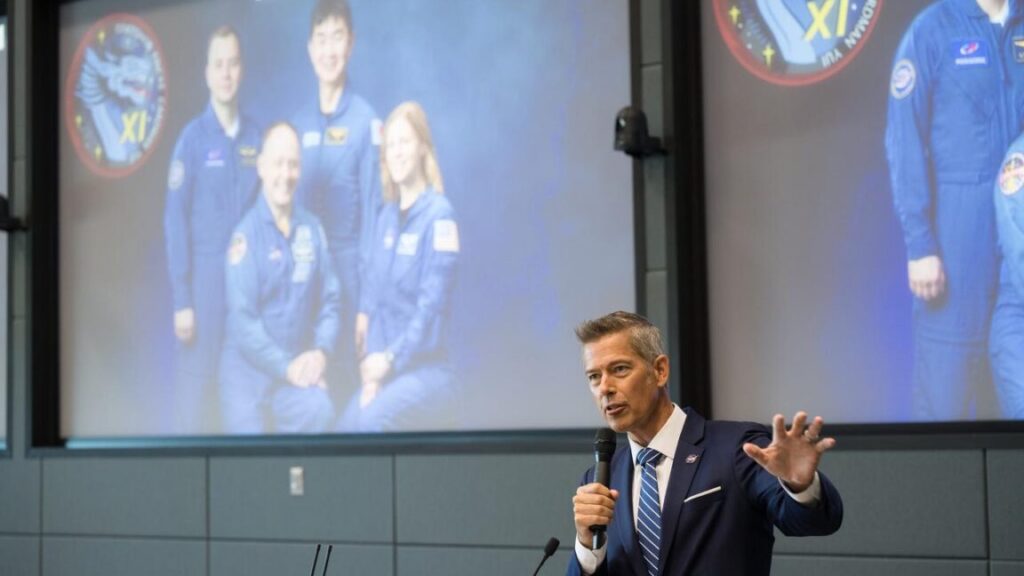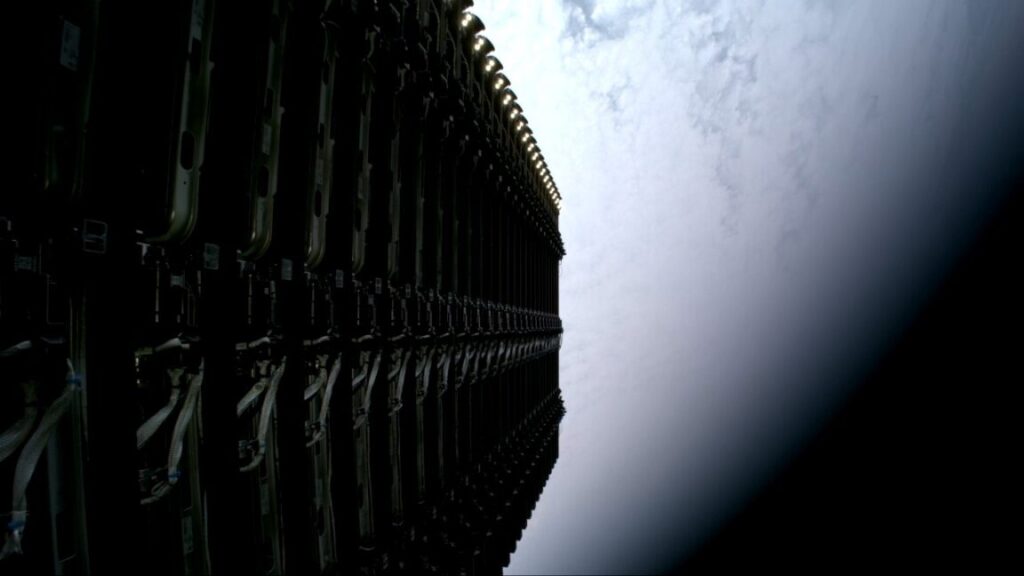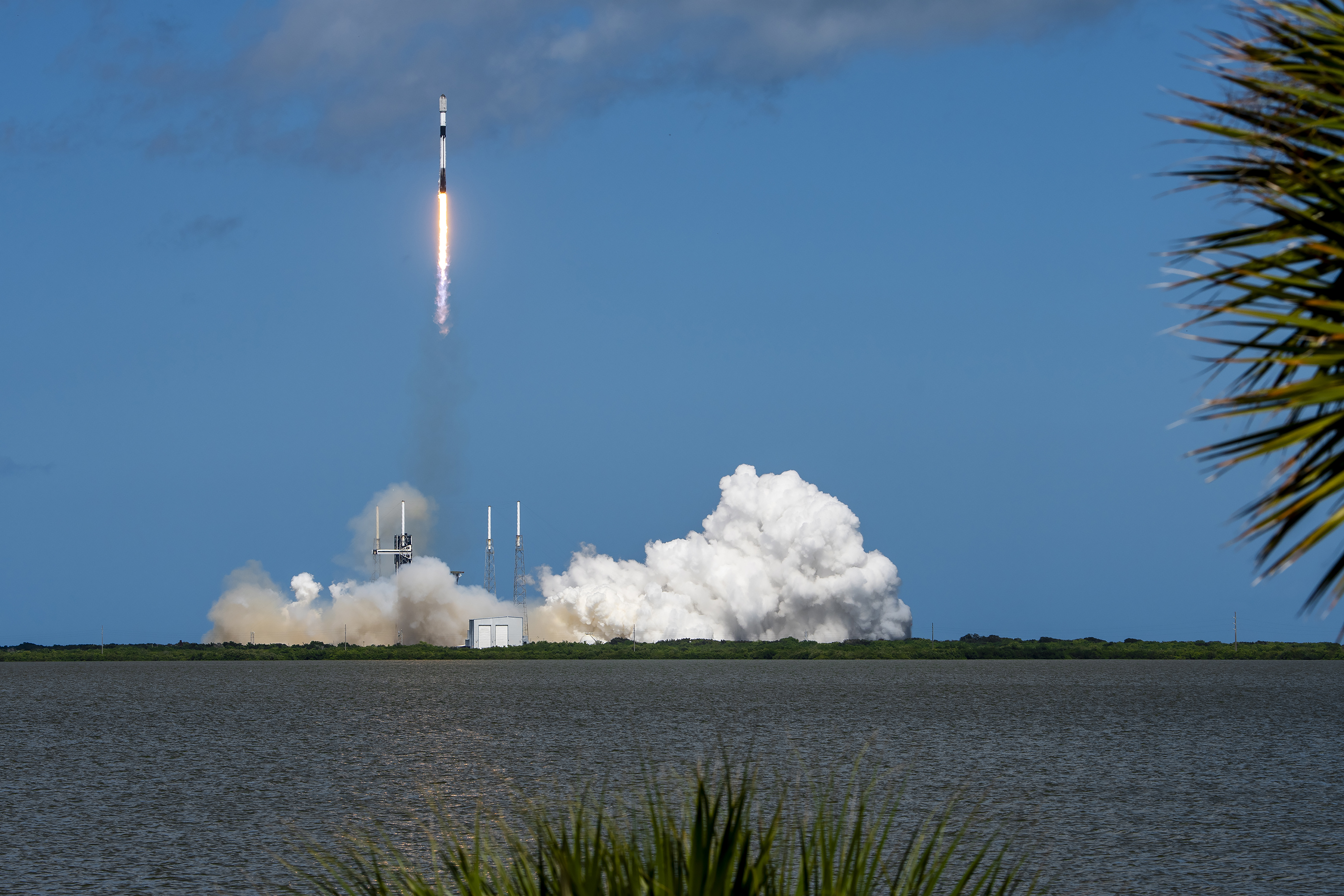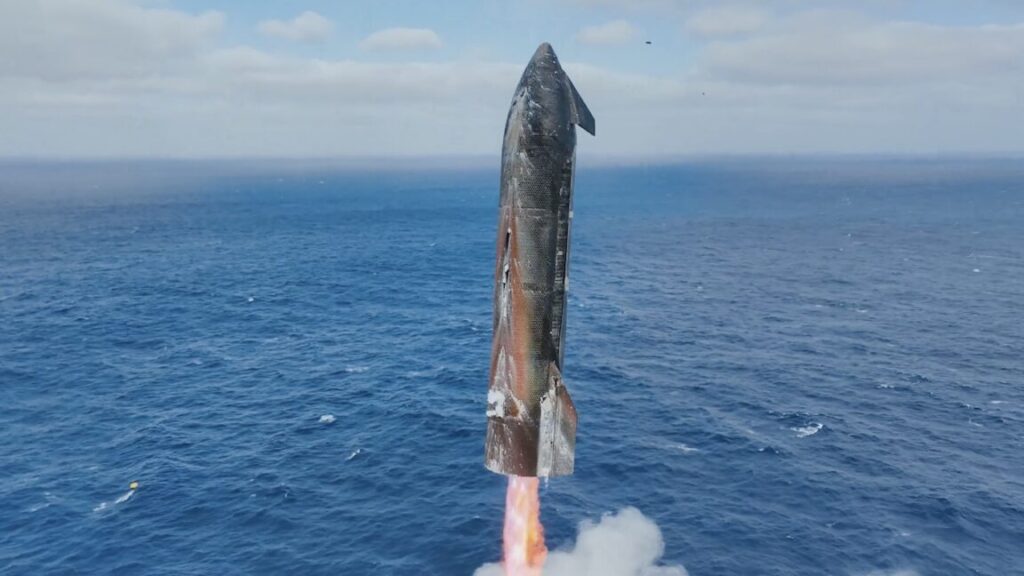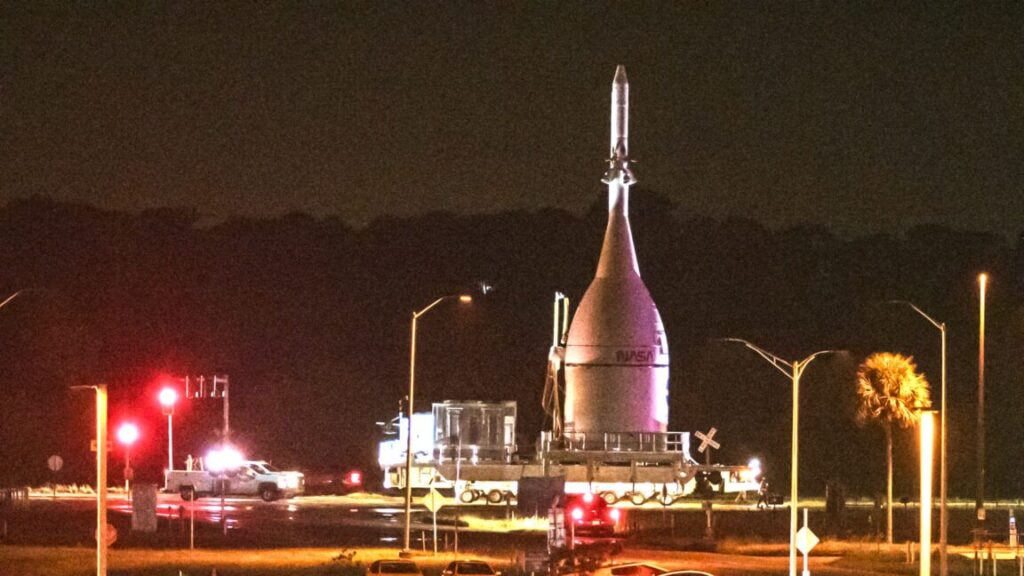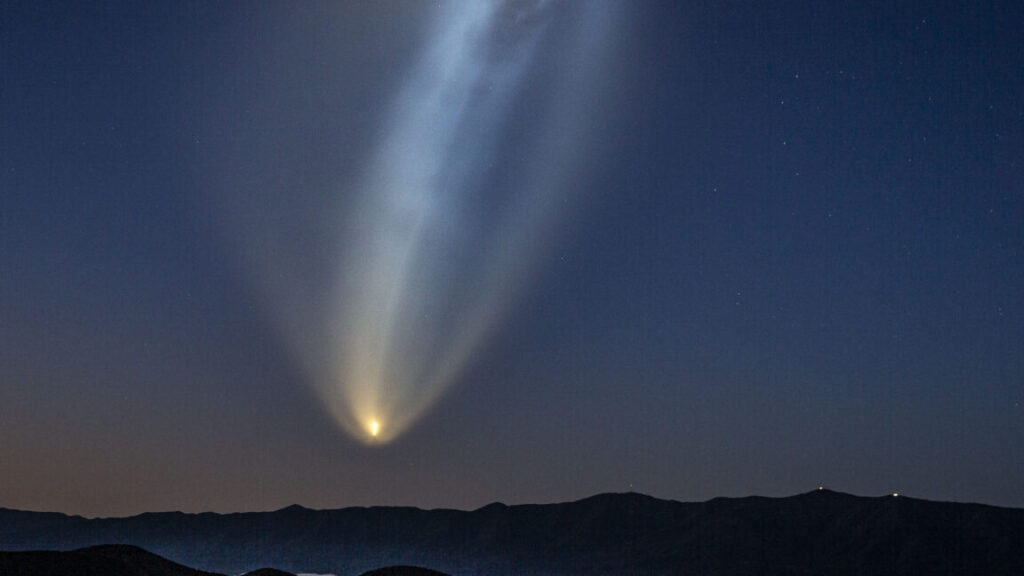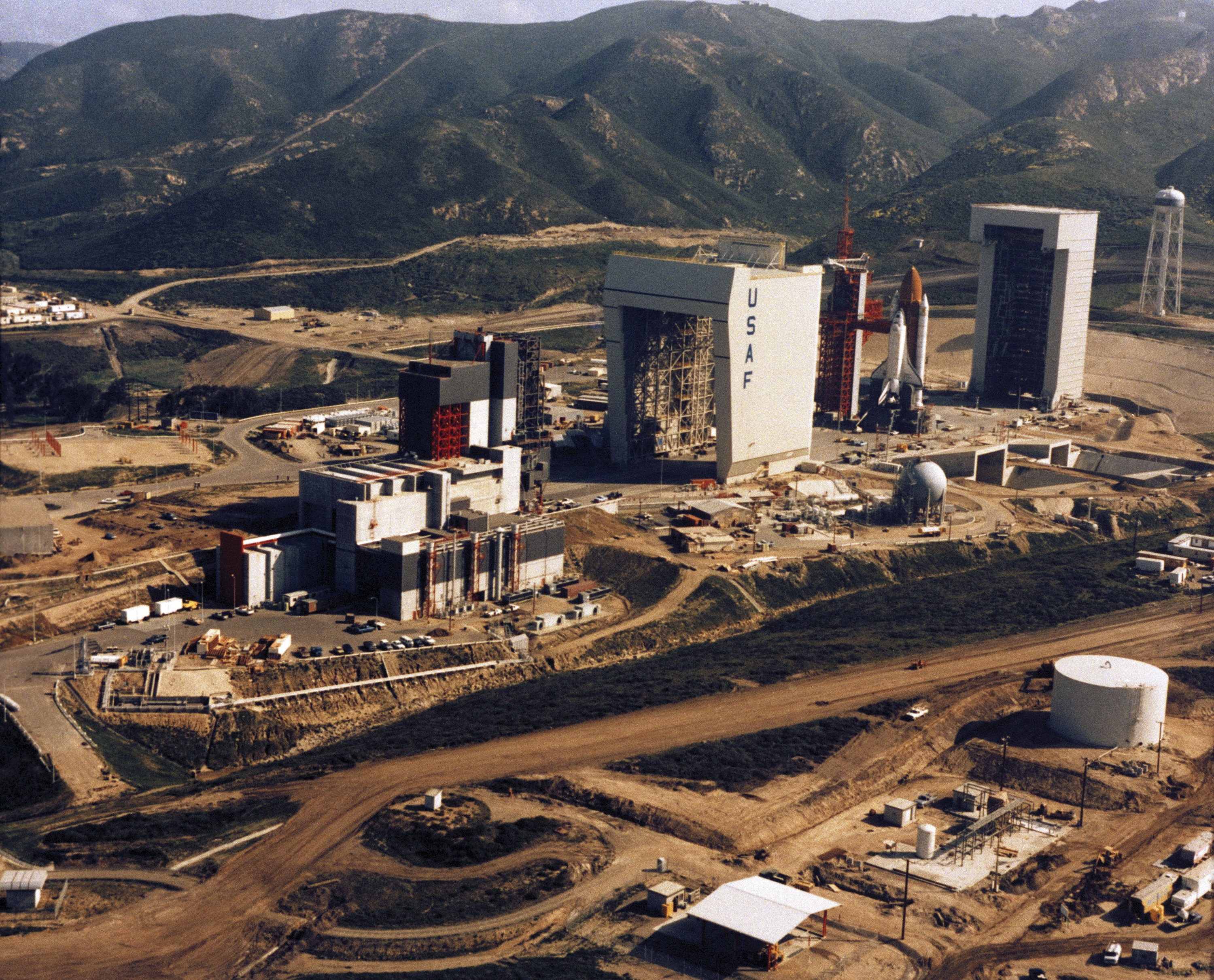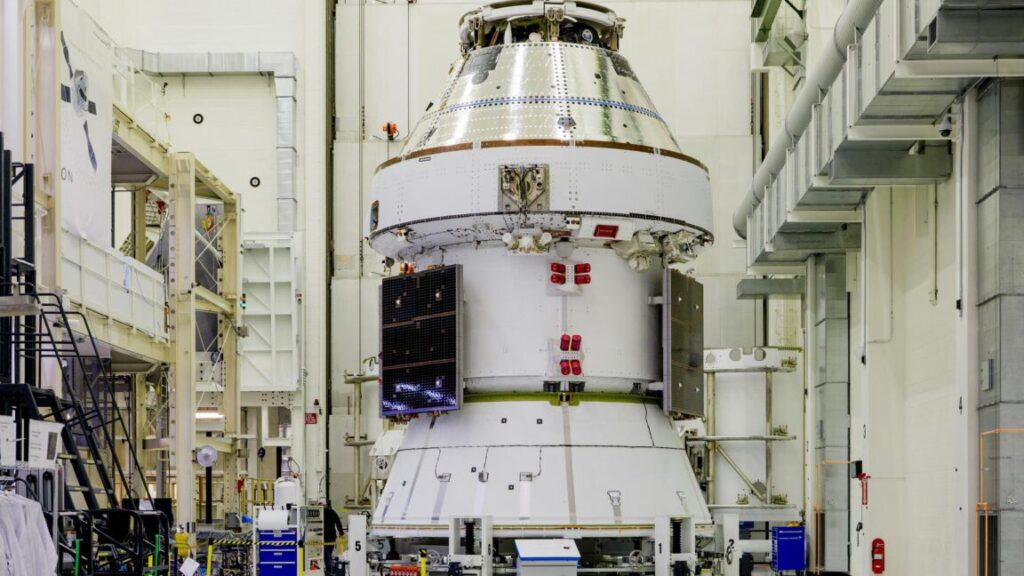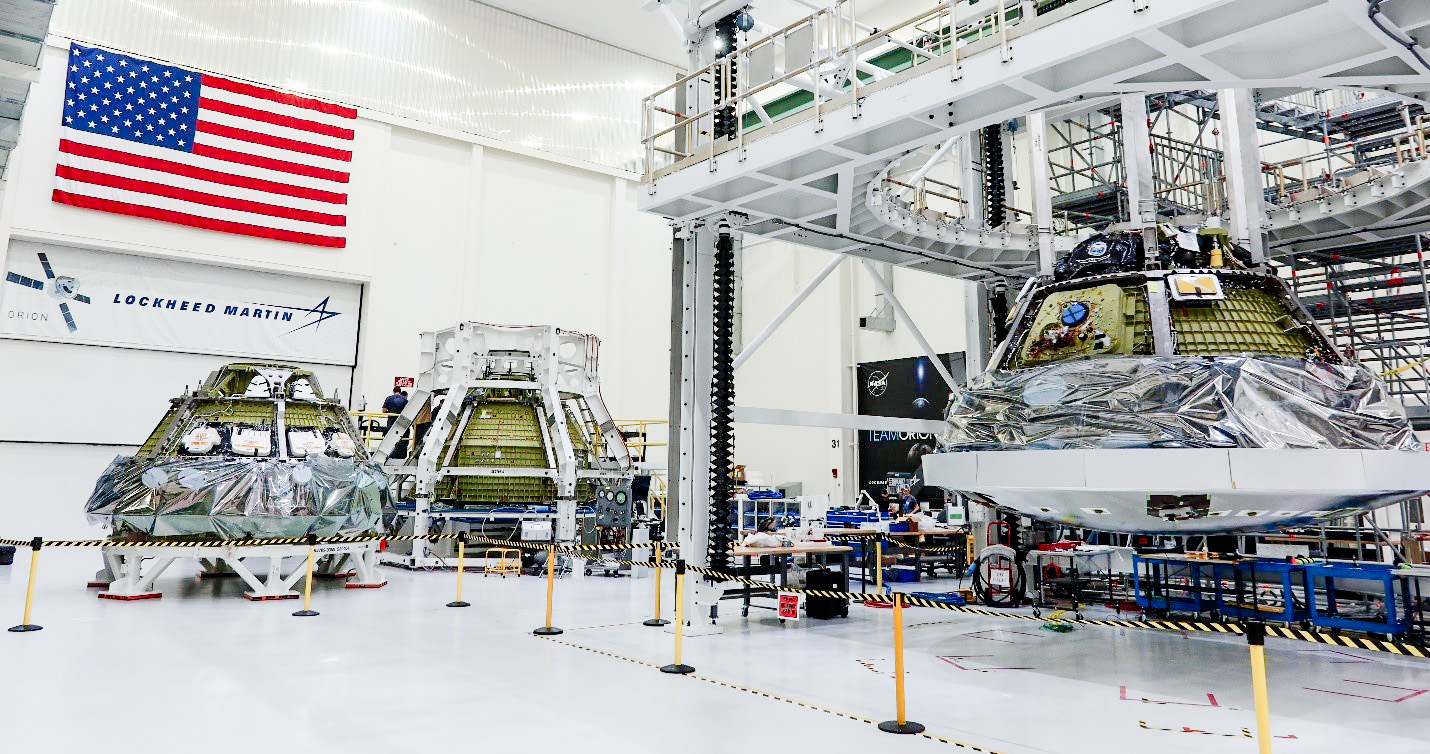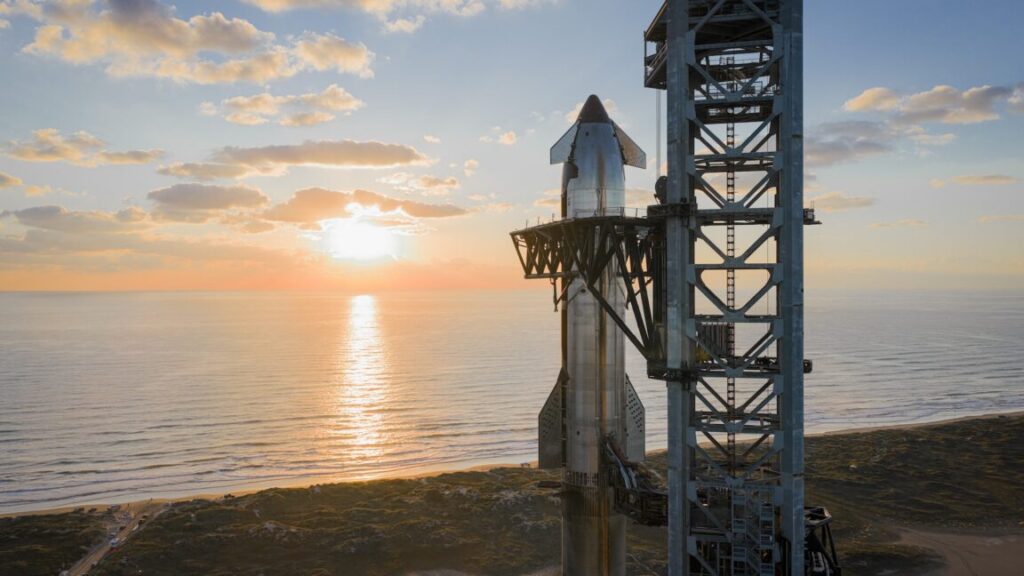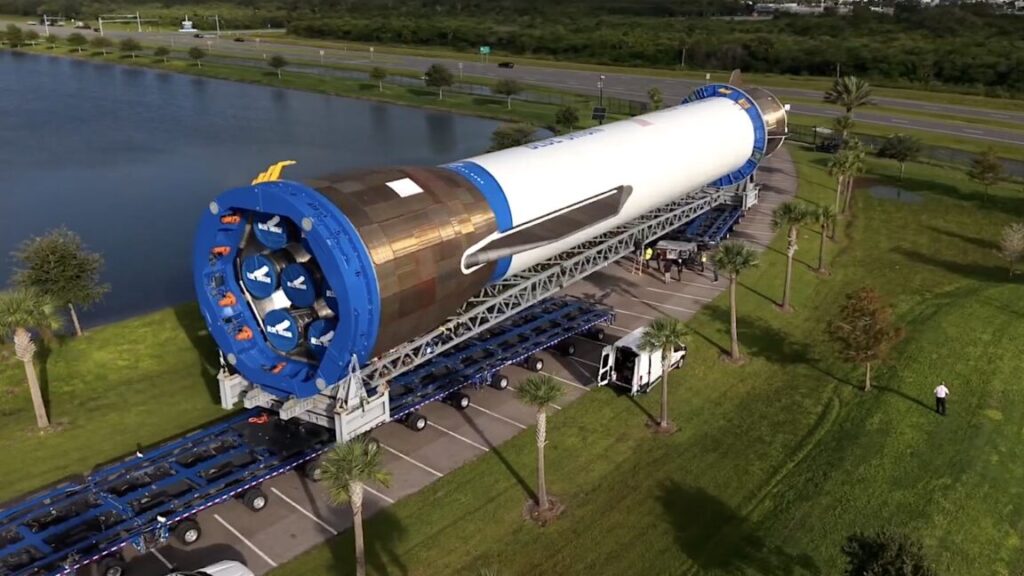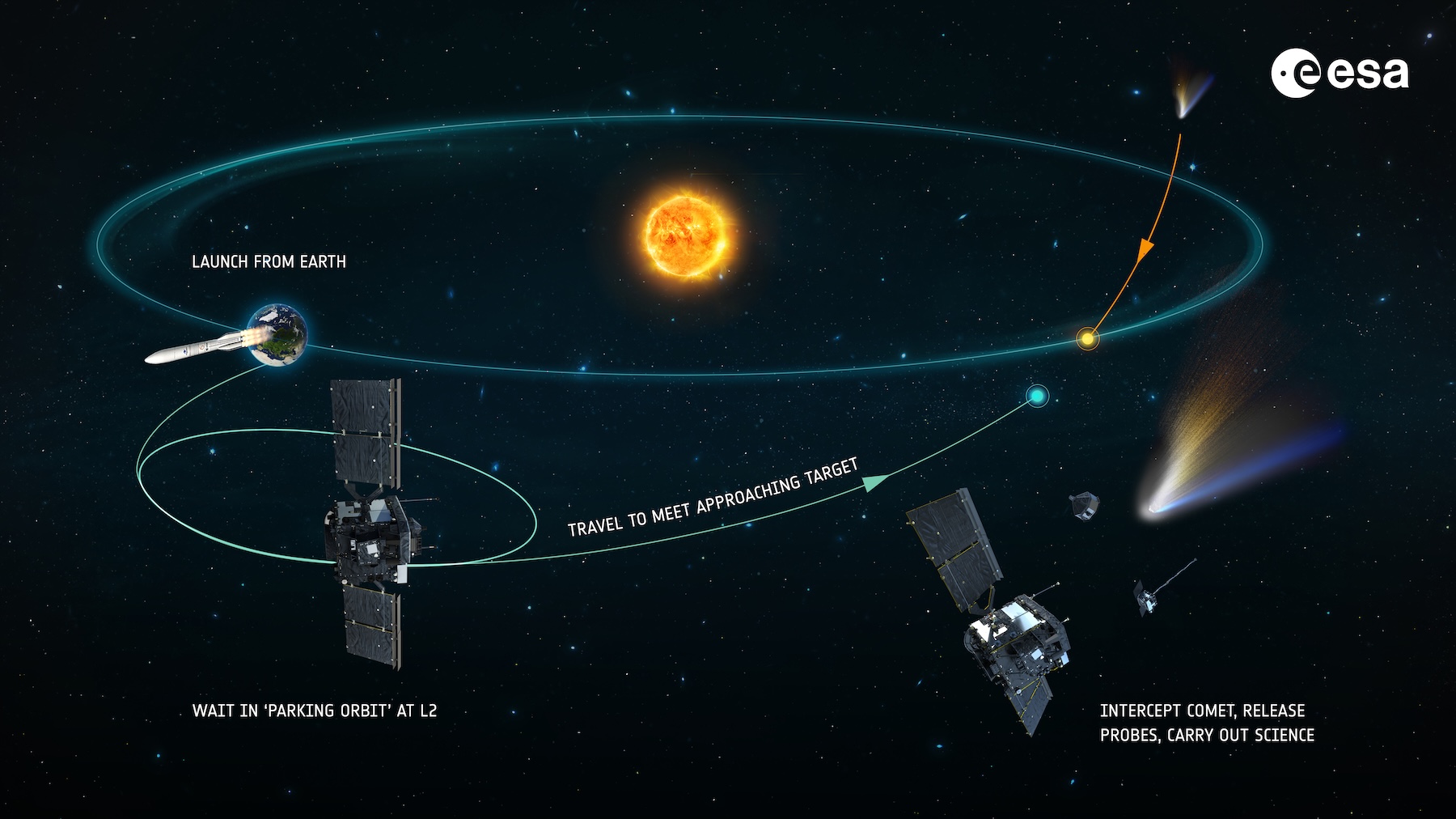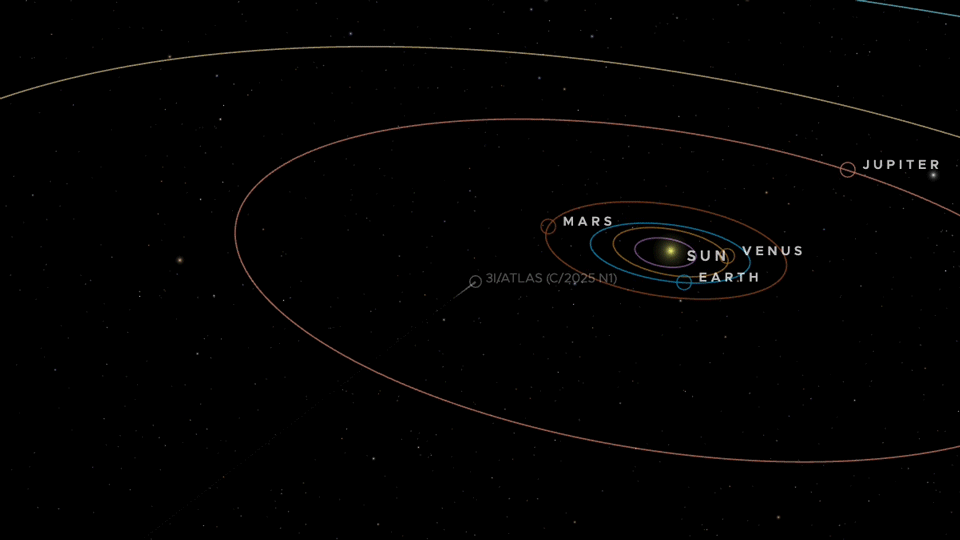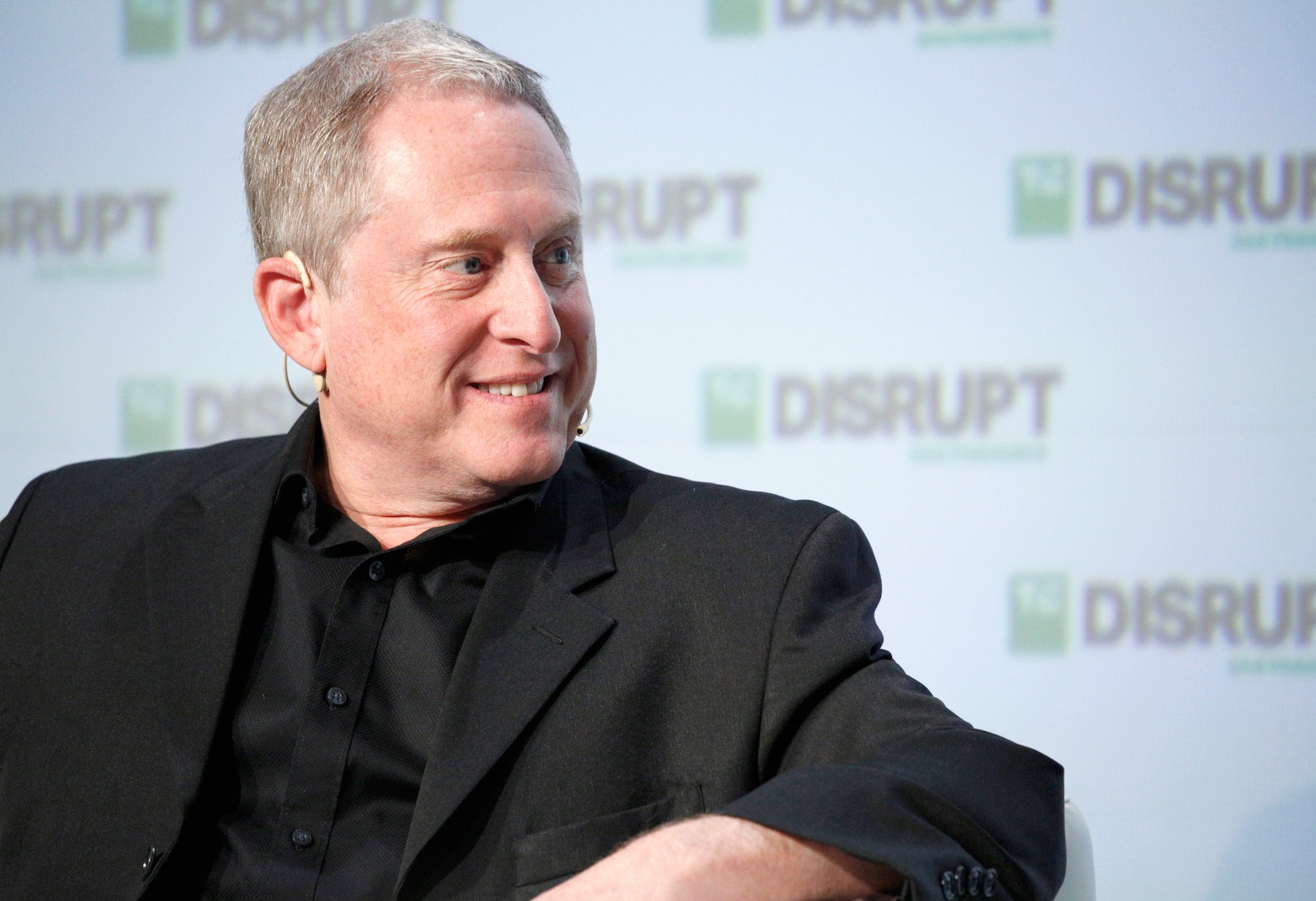NASA’s acting leader seeks to keep his job with new lunar lander announcement
NASA would not easily be able to rip up its existing HLS contracts with SpaceX and Blue Origin, as especially with the former much of the funding has already been awarded for milestone payments. Rather, Duffy would likely have to find new funding from Congress. And it would not be cheap. This NASA analysis, from 2017, estimates that a cost-plus, sole-source lunar lander would cost $20 billion to $30 billion, or nearly 10 times what NASA awarded to SpaceX in 2021.
SpaceX founder Elon Musk, responding to Duffy’s comments, seemed to relish the challenge posed by industry competitors.
“SpaceX is moving like lightning compared to the rest of the space industry,” Musk said on the social media site he owns, X. “Moreover, Starship will end up doing the whole Moon mission. Mark my words.”
The timing
Duffy’s remarks on television on Monday morning, although significant for the broader space community, also seemed intended for an audience of one—President Trump.
The president appointed Duffy, already leading the Department of Transportation, to lead NASA on an interim basis in July. This came six weeks after the president rescinded his nomination of billionaire and private astronaut Jared Isaacman, for political reasons, to lead the space agency.
Trump was under the impression that Duffy would use this time to shore up NASA’s leadership while also looking for a permanent chief of the space agency. However, Duffy appears to have not paid more than lip service to finding a successor.
Since late summer there has been a groundswell of support for Isaacman in the White House, and among some members of Congress. The billionaire has met with Trump several times, both at the White House and Mar-a-Lago, and sources report that the two have a good rapport. There has been some momentum toward the president re-nominating Isaacman, with Trump potentially making a decision soon. Duffy’s TV appearances on Monday morning appear to be part of an effort to forestall this momentum by showing Trump he is actively working toward a lunar landing during his second term, which ends in January 2029.
NASA’s acting leader seeks to keep his job with new lunar lander announcement Read More »
